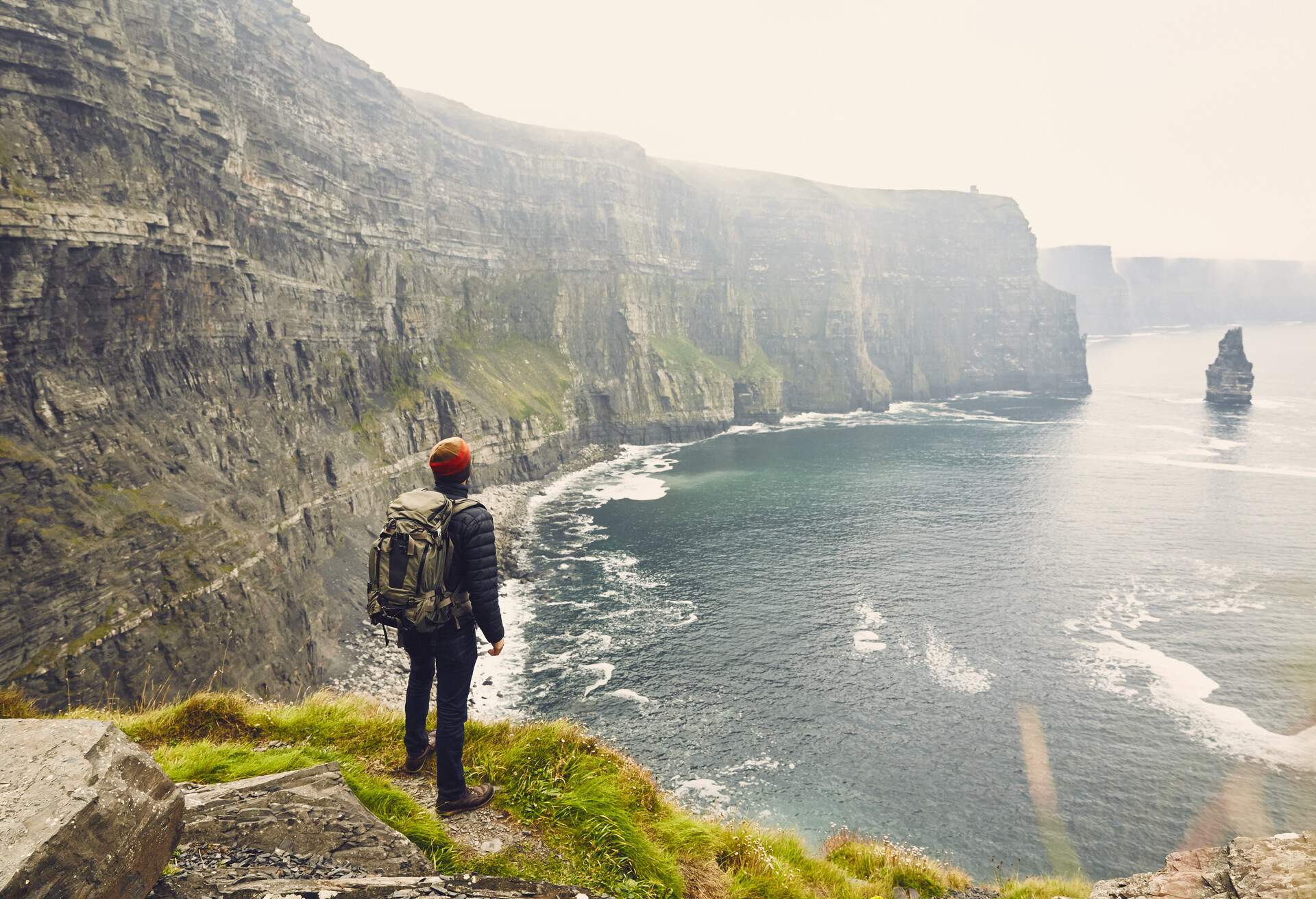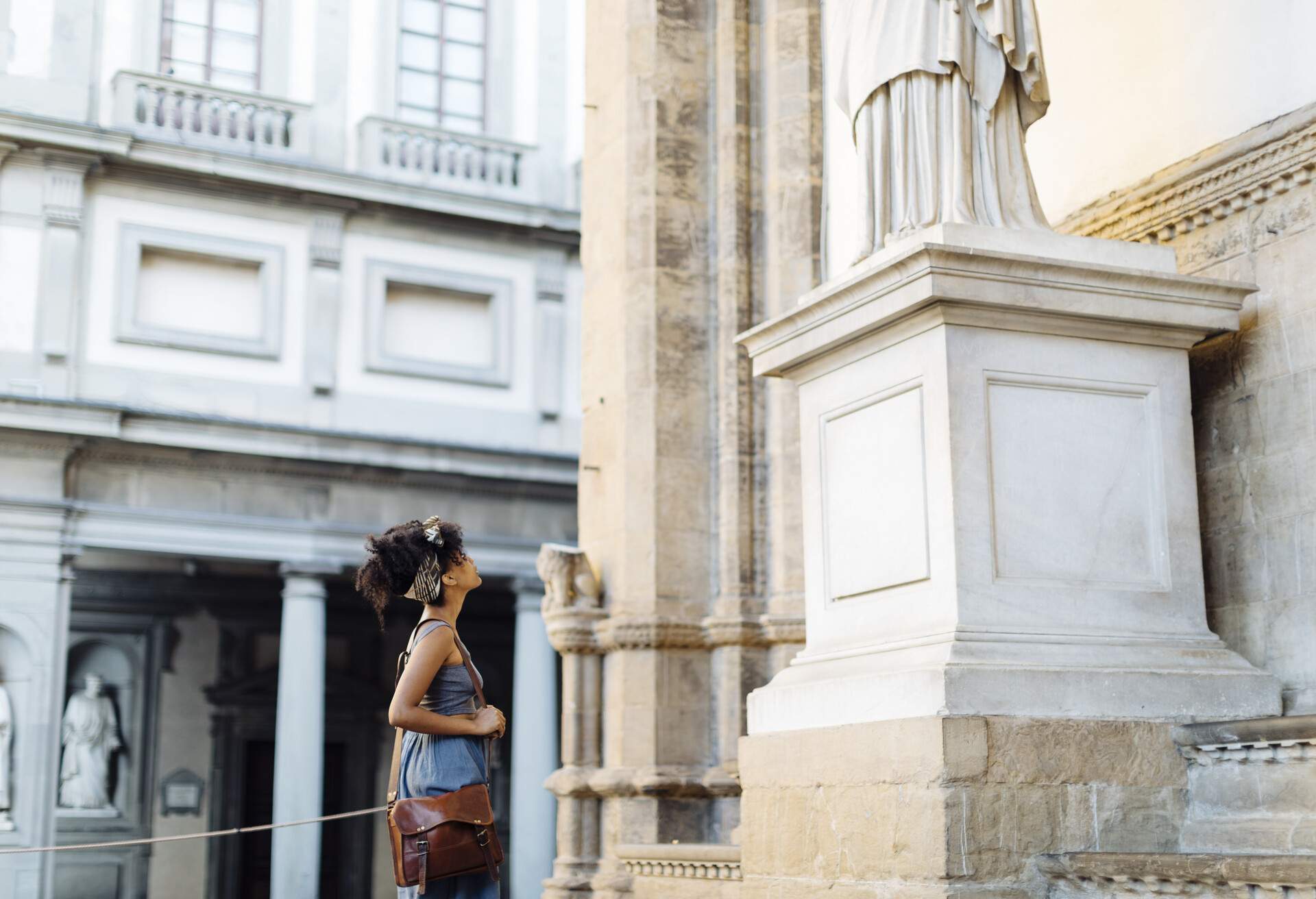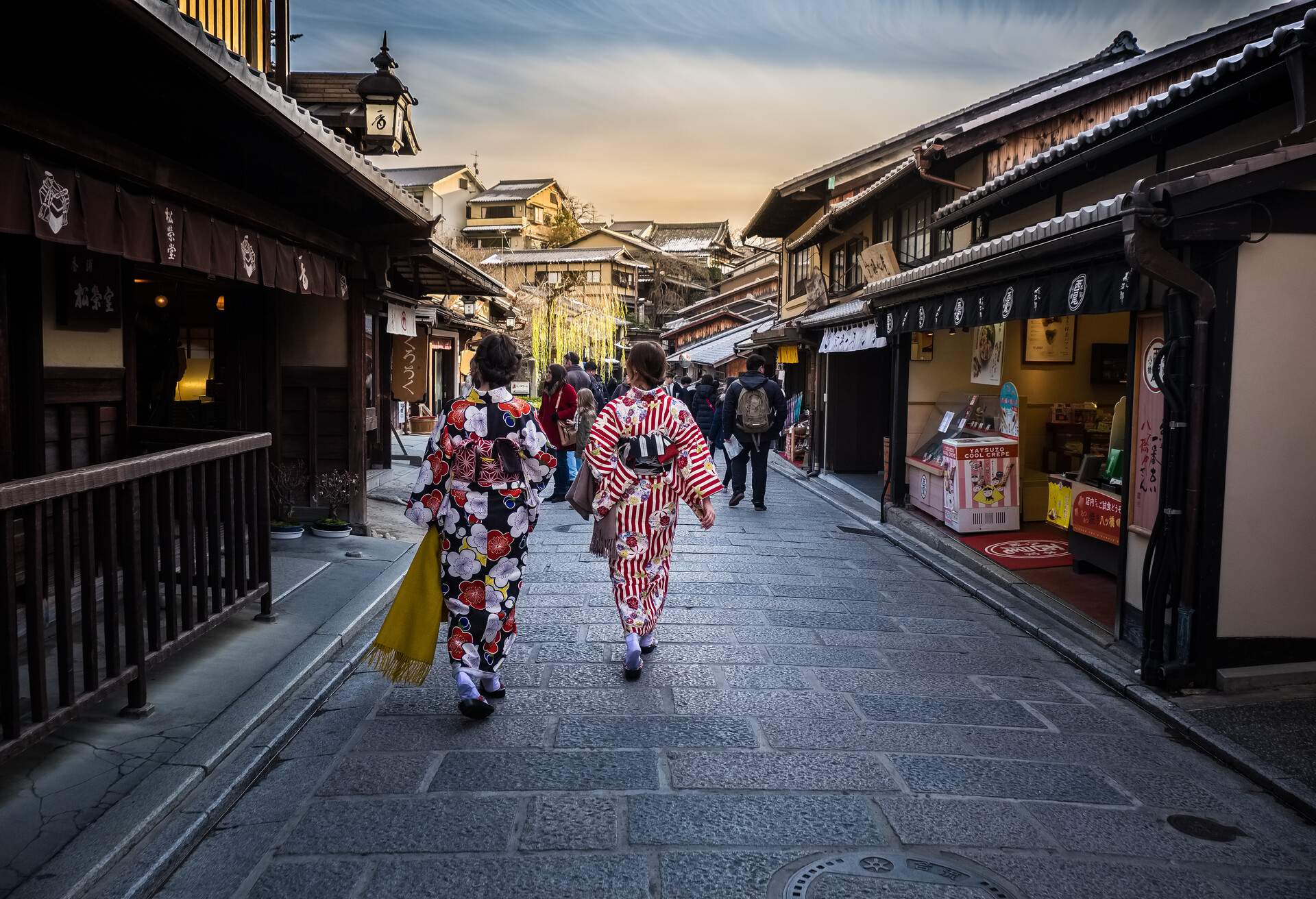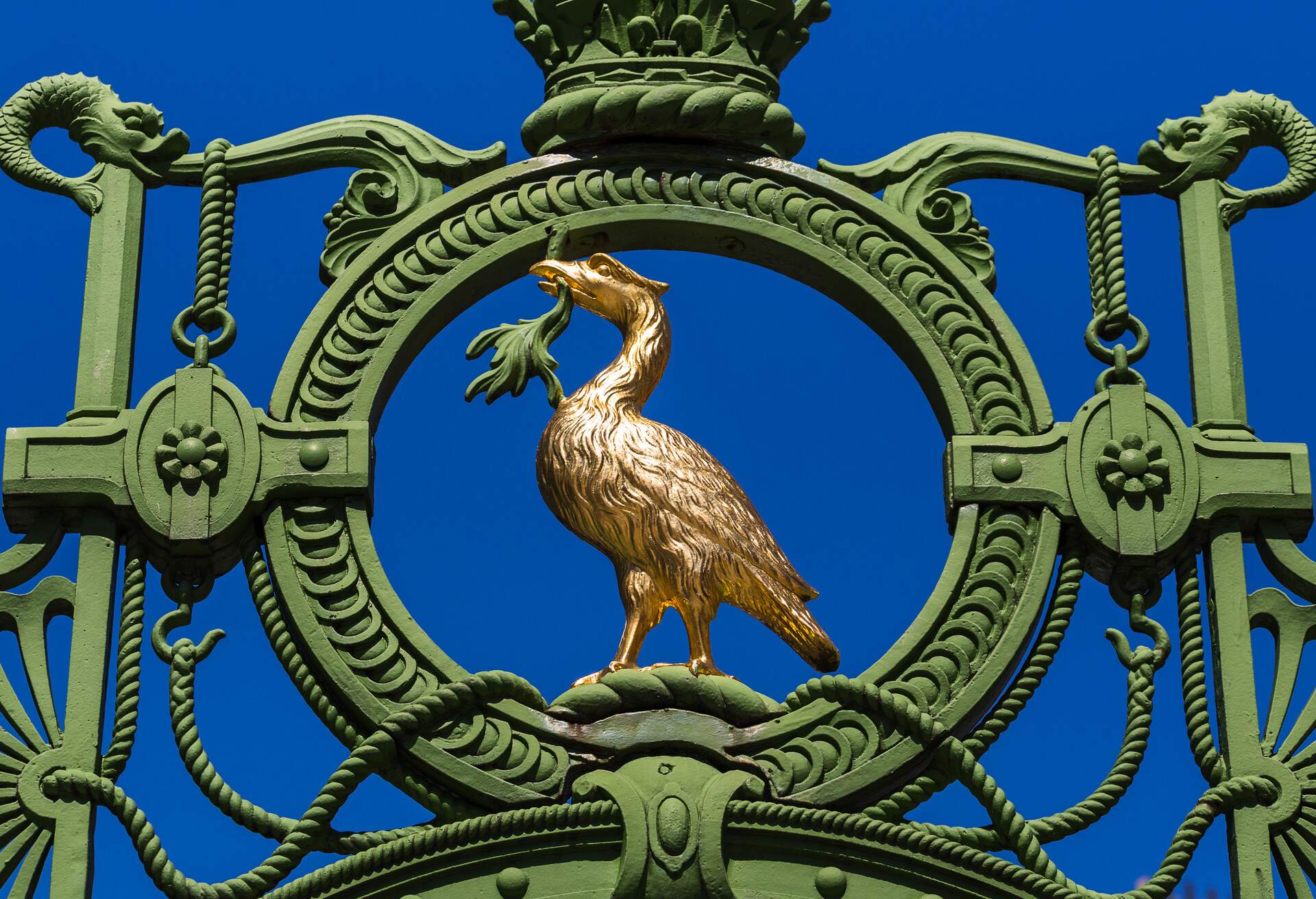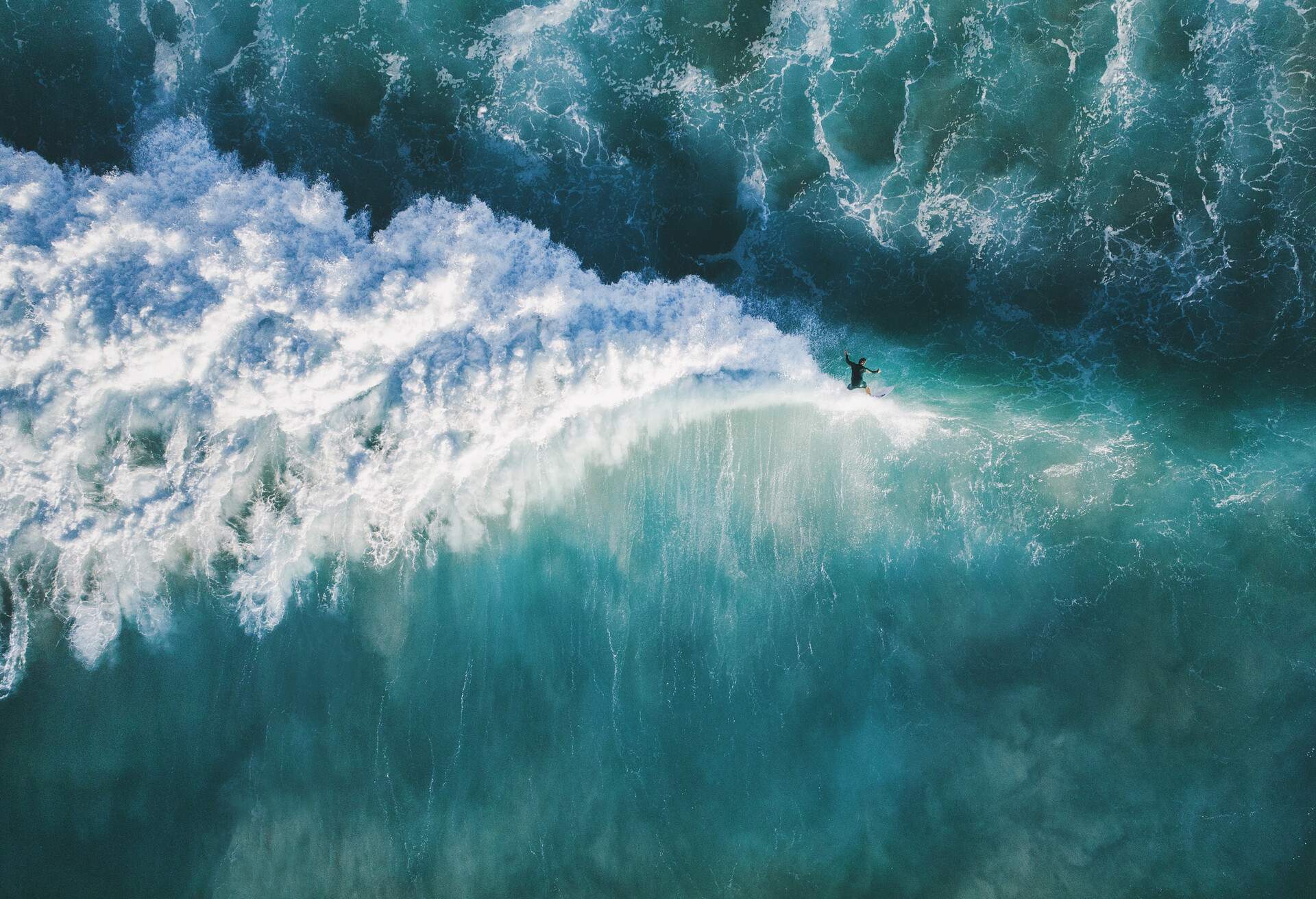Pack your travel bags and come with us as we explore some fun facts about Ireland. Europe’s third-largest island is a mystical land shrouded in ancient lore, with fascinating history written all across its landscape. In this series, we’ll examine some famous and unique factoids about Ireland to breathe inspiration, excitement, and adventure into your escapades around the Emerald Isle.
Fun facts about Ireland: historical origins
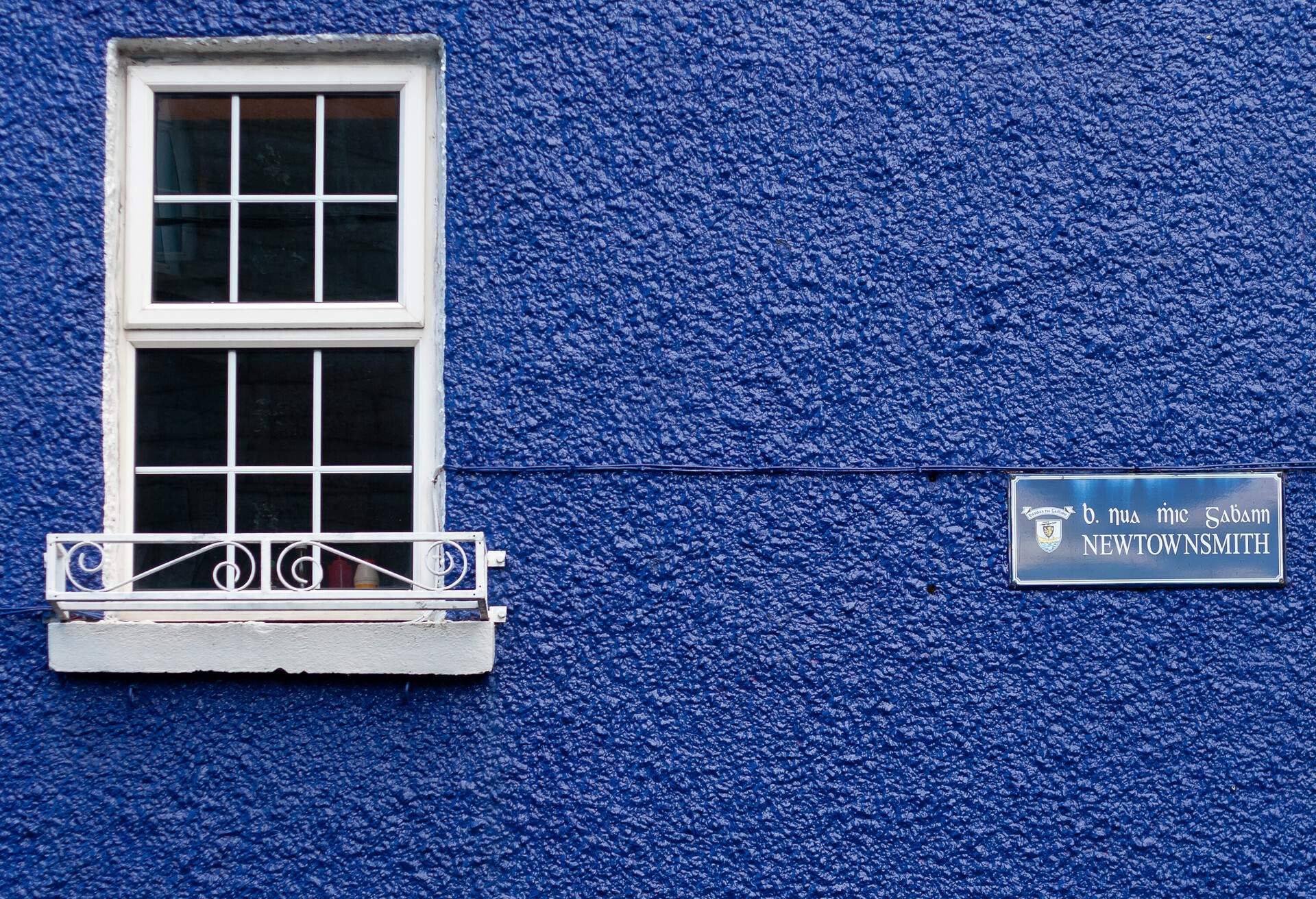
The history of ancient Ireland is intimately connected with the Celtic tradition, which was introduced to the island sometime around 3,000 BC. This tradition has given modern Ireland much of its cultural identity, including its Gaelic language or brogue, which is famous around the world for its characteristic lilt. Christianity came to Ireland during the early medieval period and over time has influenced the social, political, and cultural landscape of the island.
The story of Ireland is one rife with chapters of conquest and dominance, first by the Normans and later by the English; the latter being responsible for a land divided into two separate political realities. That said, neither has been able to conquer the indomitable spirit and culture of its people or tame the wild beauty of this amazing island.
Trivia: Old Irish is the oldest of the Gaelic languages, dating back to around the year 600.
Fun facts about Ireland: geology and geography
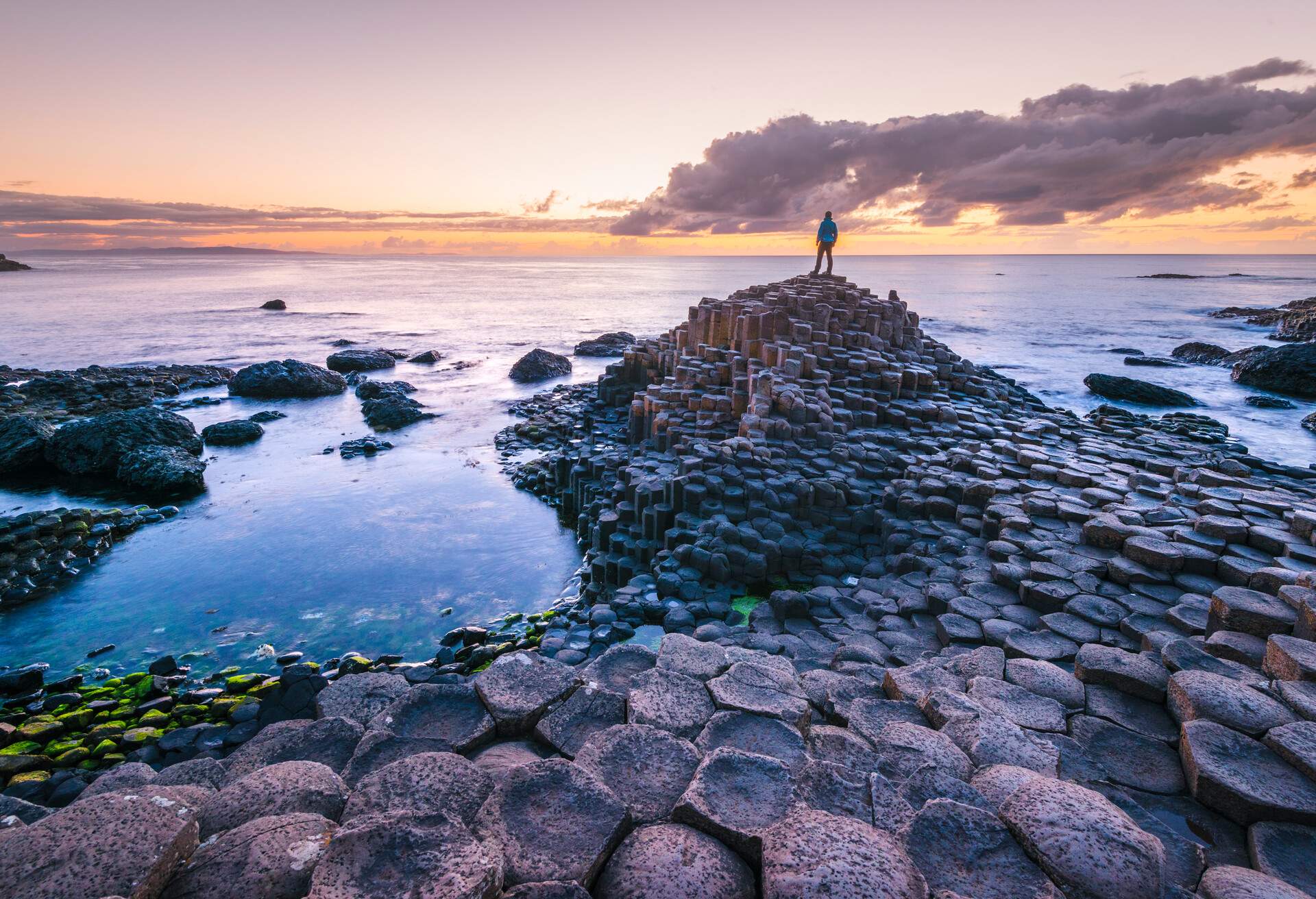
During the last Ice Age (about 16,000 BC) Ireland was almost completely covered by ice, which created a connecting bridge between the island and Britain. The disappearance of this bridge around 12,000 BC revealed the Irish Sea, leaving it completely separated from the UK. The island is bordered by the Irish Sea, the North Sea and the North Channel, separating it from Scotland and the Atlantic Ocean. These bodies of water, plus the northern latitude, are directly responsible for the huge amounts of yearly rainfall, resulting in massive swathes of lush, green landscapes; hence the Emerald Isle.
County Kerry, at the island’s southwestern tip, is where you’ll find its highest peak, Carrauntoohil, which clocks in at approximately 3,410 ft. The Shannon is the longest of Ireland’s many rivers and waterways and flows from Shannon Pot in northeastern County Cavan. From there, it winds its way southwest for approximately 225 miles, dissecting the city of Limerick and passing Shannon Airport (SNN) before merging with the Atlantic Ocean
Trivia: Leinster has the most counties of Ireland’s four provinces and includes its capital Dublin.
Fun facts about Ireland: politics and economy
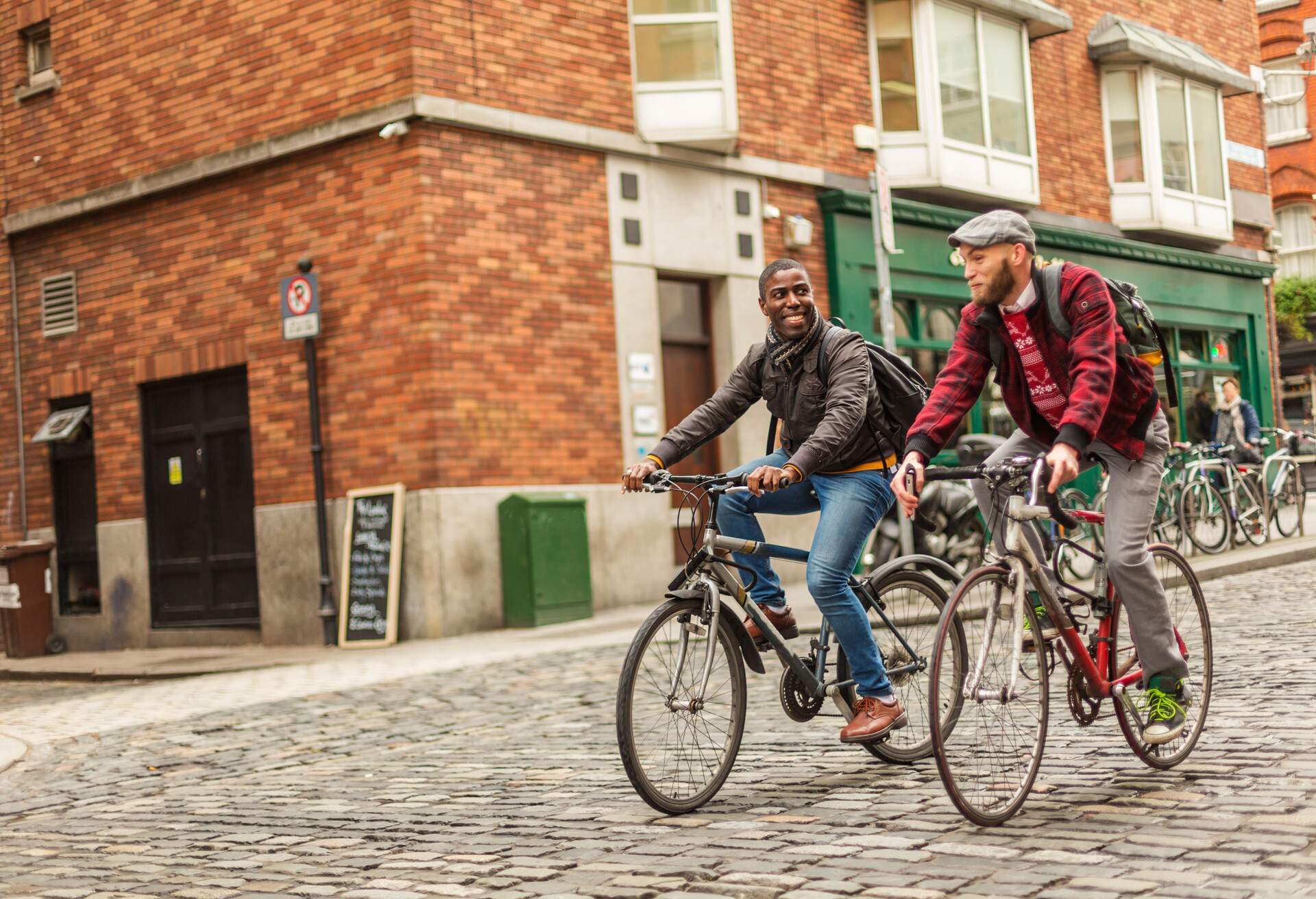
Unlike the UK, the Republic of Ireland has a president as the head of state; but, similar to the UK, power is vested in the Prime Minister (the Taoiseach). The republic also shares a two-tier legislature with Britain, where the Dail Eireann is equivalent to our House of Commons and an upper chamber, Seanad Eireann, is on par with our House of Lords. The seat of government is located in Dublin.
The Republic of Ireland has been a member of the European Union since the 1970s and maintains strong global rankings with the IMF and World Bank for its economy. Pharmaceuticals, exports and information technology are among the leading sectors, but tourism also plays a significant role, with annual traffic vaulting Dublin into the top 50 of Europe’s most visited cities. Most of us are already familiar with several Irish exports like Guinness, Magners, Bushmills and Jameson as global mainstays in the beverage industry.
All political and economic roads in the country lead directly to or start in Dublin. For an in-depth look at this dynamic city, you can browse the following links for things to do in Dublin and what to do on a weekend in Dublin.
Trivia: Ireland is the world’s second exporter of computer software. Google, Apple and Twitter are among the tech giants with headquarters in the country.
Fun facts about Ireland: culture and society
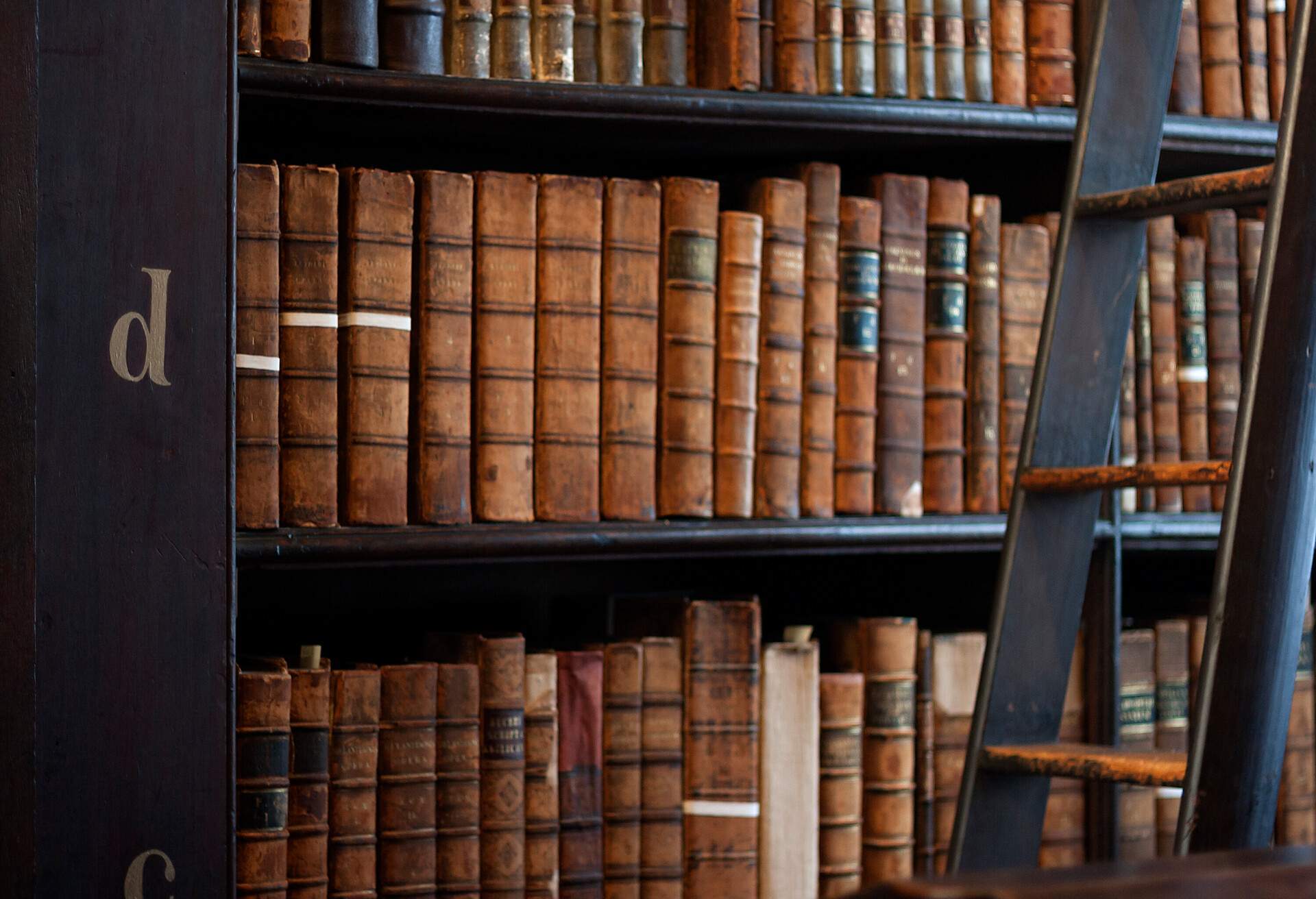
Over the years, aspects of Irish culture have become famous around the world. St. Patrick’s Day celebrations have been replicated in most of the major cities on the planet and traditional Irish music has been exported far and wide by groups like The Dubliners and The Chieftains. Stepping into a pub on Sunday afternoons to hear live traditional music is a truly unique experience for the uninitiated. Meanwhile, popular music reached its zenith with acts like Sinead O’Connor, The Cranberries and Clannad.
One of the most famous cultural features of Irish society is its contributions to world literature. Notables include Jonathan Swift of “Gulliver’s Travels” and the irrepressible Oscar Wilde, but the country also boasts four Nobel Prize (literature) winners in Seamus Heaney, Samuel Beckett, George Bernard Shaw and William Butler Yeats. And, of course, no discussion of Irish literature is complete without the inclusion of James Joyce, who is generally recognised as the most influential writer of them all.
The Catholic Church continues to be the bedrock of Irish society, though its influence waned significantly during the new millennium. The seat of ecclesiastical power is St. Patrick’s Cathedral, in County Armagh.
Trivia: Author Bram Stoker of “Dracula” was born in Dublin in 1847.
Science and sports
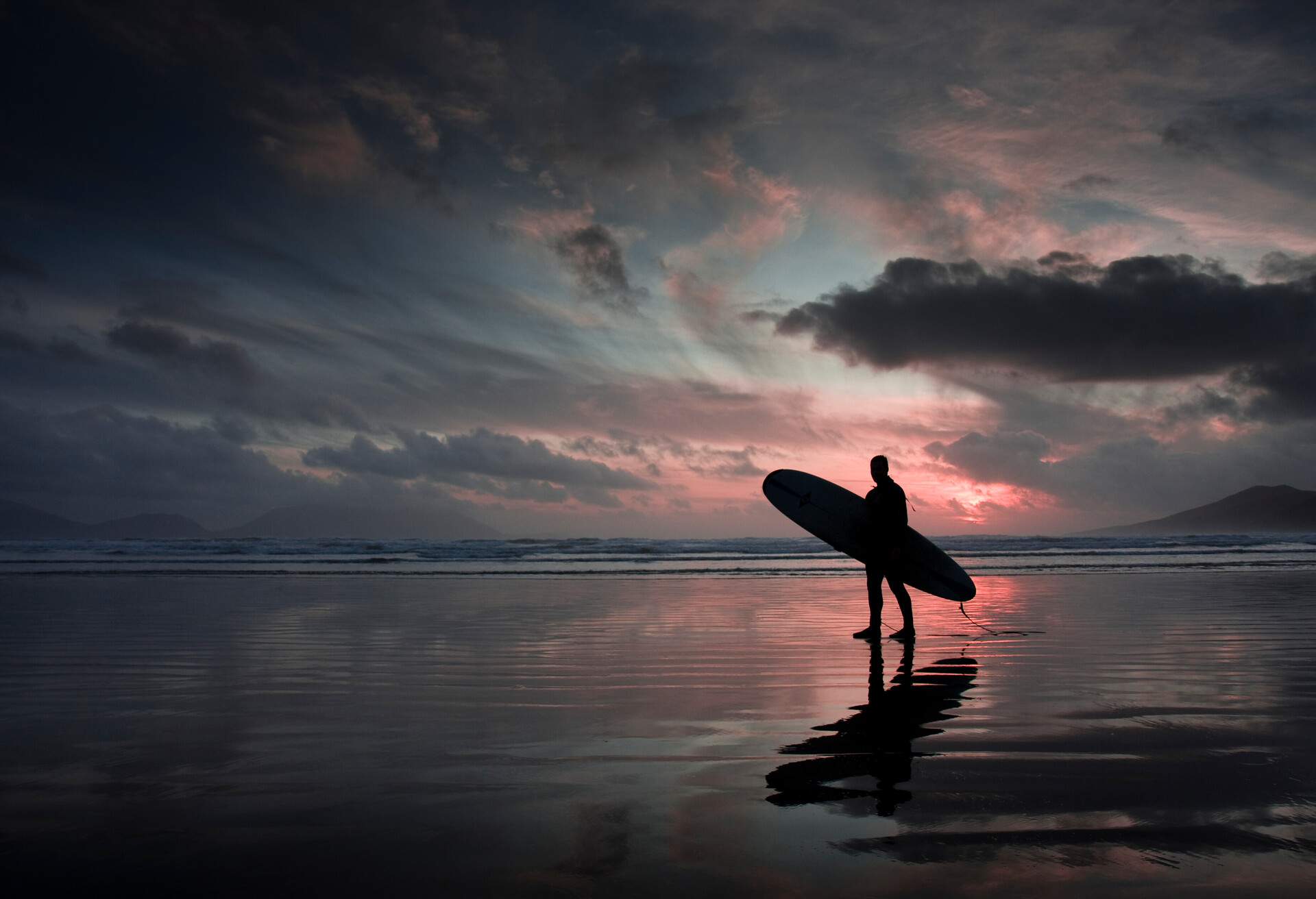
The Irish have also made significant contributions to the world of science. Names such as Lord Kelvin, John Stewart Bell and John Boyle reached unparalleled heights, and their exploits echo in the academic halls of physics, mathematics and chemistry. Explorer Ernest Henry Shackleton showed us all how to unlock the sea passage to the continent of Antarctica.
Residents of the Emerald Isle are fanatical about many things, and this includes the world of sports. There are traditional games such as Gaelic football and hurling, which form the centrepiece of the Gaelic Games, and these are highly competitive sports among the local populace. More conventional athletic endeavours like football, golf and horse racing flourish here, and the national rugby team is one of the best in the world, proving its mettle as European Six Nations Champions five times over. Boxing is an individual sport that became hugely popular in the 20th century and among pugilists; Katie Taylor stands head and shoulders above the rest (including the men) as the most decorated athlete in the discipline.
Trivia: Donegal Bay is a haven for surfing enthusiasts and has hosted major European competitions over the years.
Fun facts about Ireland: cuisine
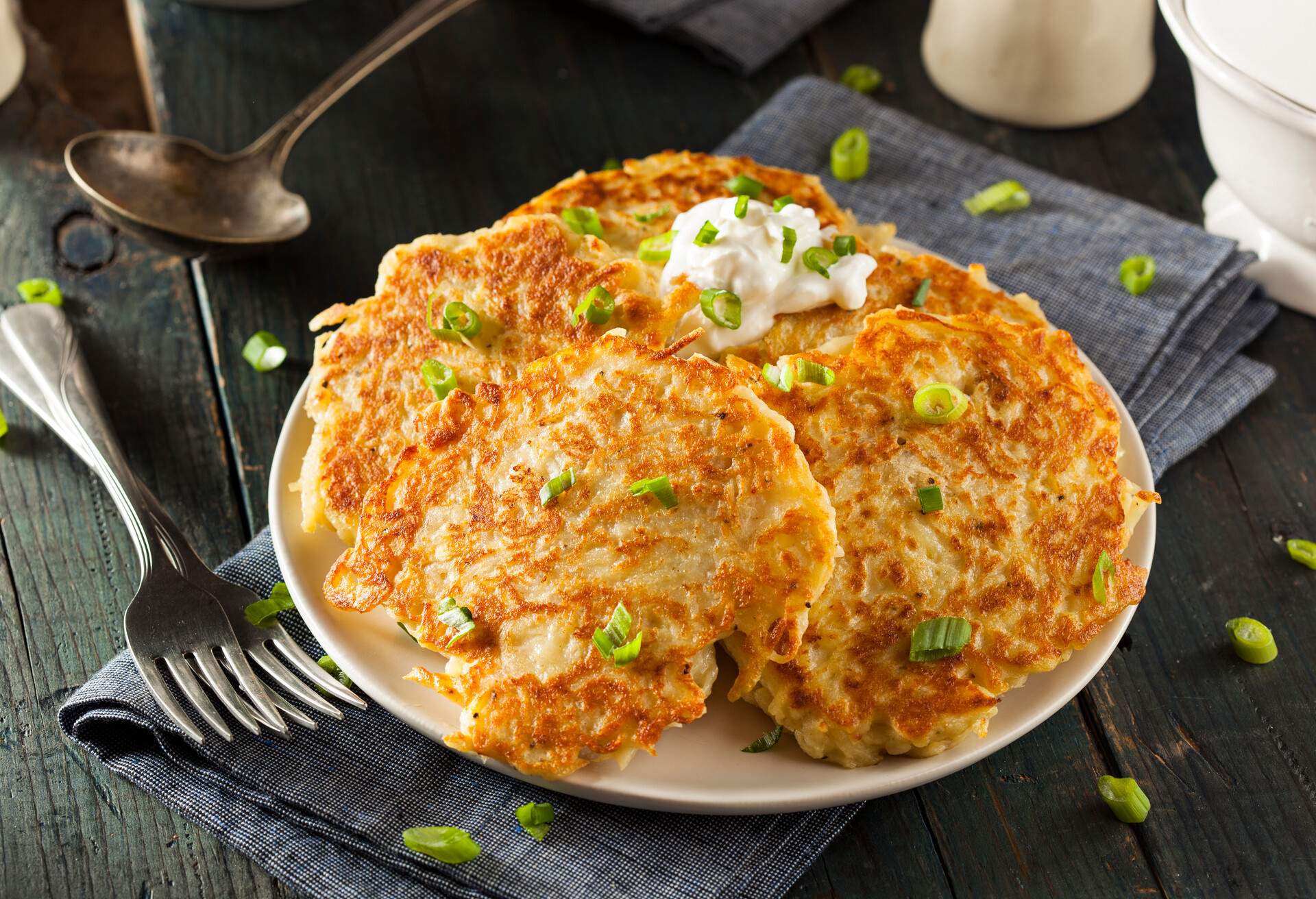
If you’ve never been to Ireland, the closest you’ve got to sampling its cuisine is Sunday lunch at the local Irish pub. While most Brits have adopted delicacies like black pudding as part of their traditional English breakfast, there are a few more staples we should add. Rashers (fatty bacon), potatoes, and cabbage are national foods and quintessentially Irish as, well, Irish stew. Although the Great Potato Famine of the mid-1800s decimated its staple crop and witnessed a mass migration that forever changed the nation, this tuber is still the most consumed food in the country.
The cold waters of the Atlantic Ocean are flush with trout, salmon, and tuna, along with oysters and mussels, which have become increasingly popular over the last decades. Ireland has always been famed for its cattle and in recent years a fledgling cheese industry has also sprung up, indicating a more diversified diet in modern Irish society.
The Irish are also legendary consumers of beer and alcoholic beverages; once upon a time, the country dominated the global whiskey market. In addition to blends and single malts, you can also sample whiskey-based liqueurs like Baileys Irish Cream on your tours around the island – slainte!
Trivia: Sir Walter Raleigh is credited with introducing the potato to Ireland during the 16th century.
Fun facts about Ireland: miscellaneous
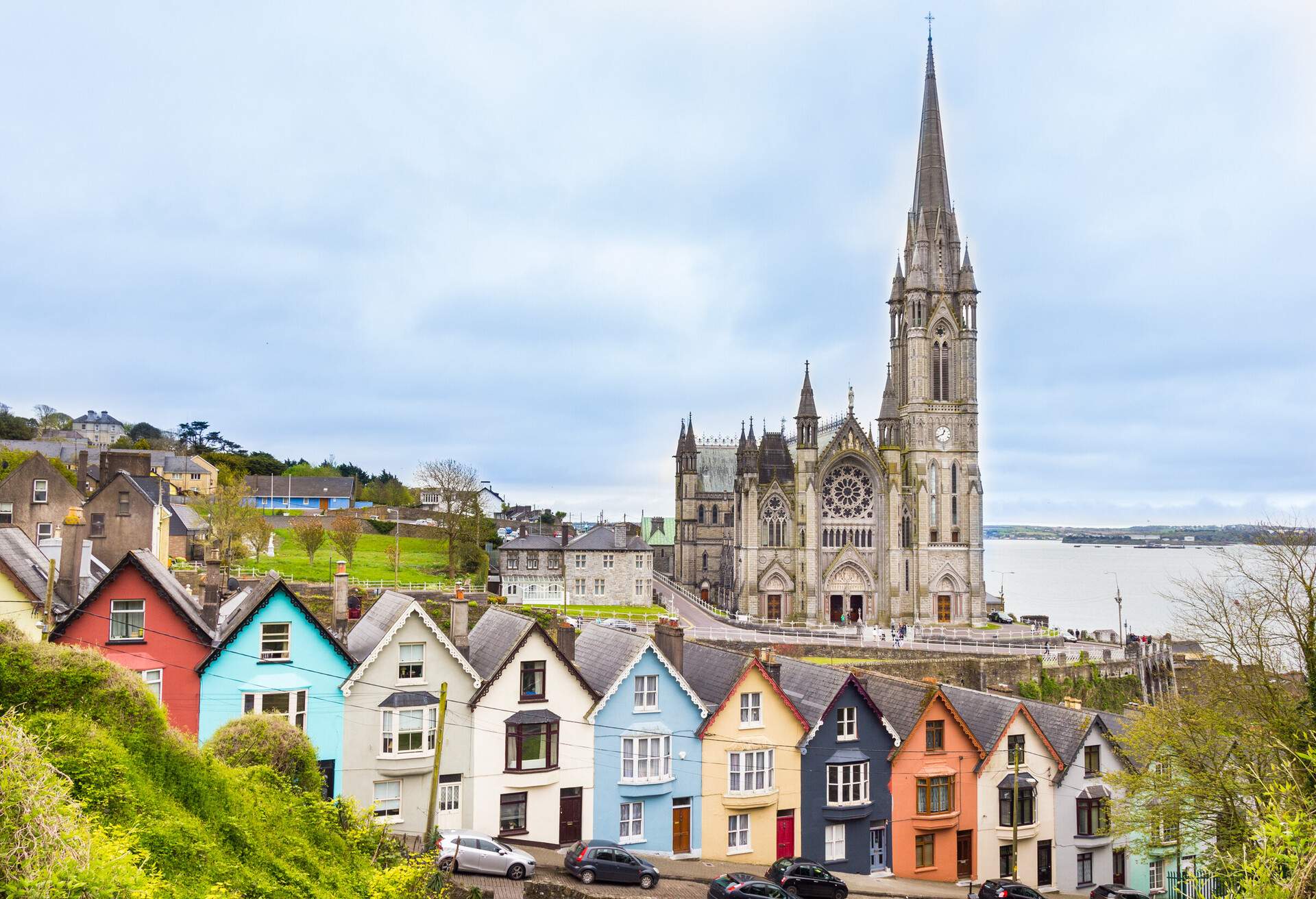
We end this series with a few miscellaneous facts about the Emerald Isle to up the wow factor:
The Irish flag was designed by a group of French women.
St. Patrick wasn’t actually Irish.
The word whiskey literally means “water of life”.
The national symbol of Ireland is the harp, not the shamrock.
Halloween is really an Irish tradition – Erin go Bragh!
Excited for your next adventure? Our friends at Where to Go, produced by the team behind the award-winning DK Eyewitness travel guides, are here to help!
Each fortnight, hosts James and Lucy talk to local experts about the destination they have chosen to call their home, exploring their personal connection to the place, what makes it so special and the best things to see and do.
Listen to the podcast below for more inspiration and tips from Dublin & Ireland:
